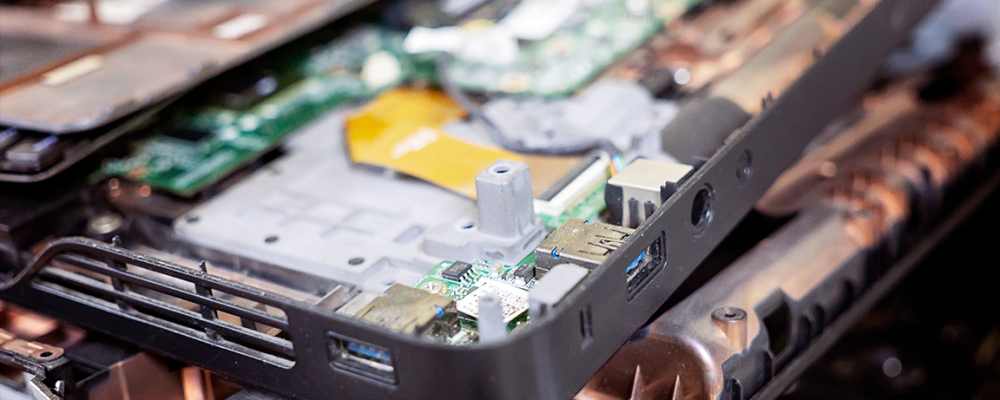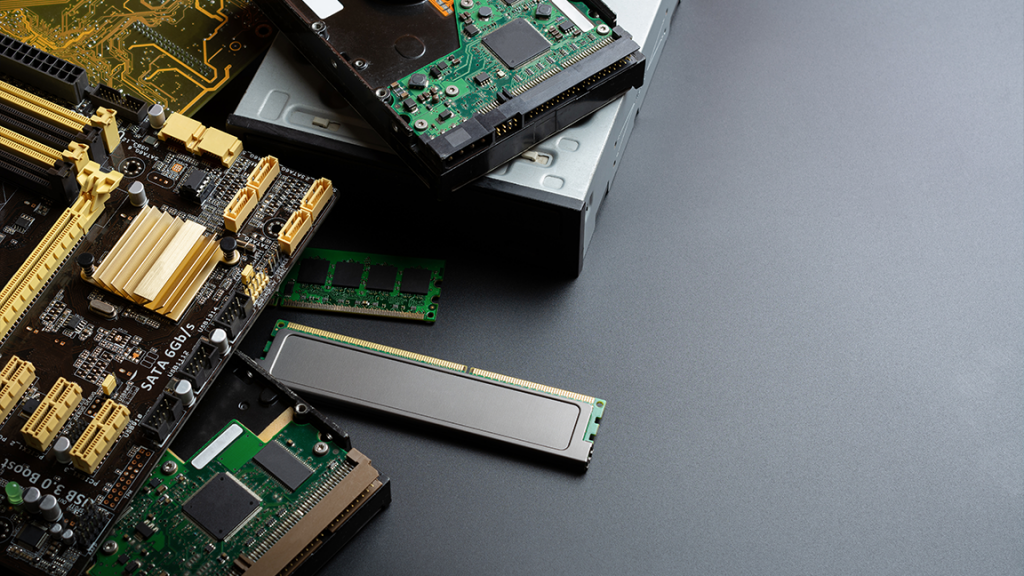Decommissioning an enterprise data center is a large and complex project that requires hundreds of hours of effort and specialized expertise. IT departments are responsible for migrating applications and workloads, securing sensitive data, and physically removing IT assets from existing facilities, often within tight schedules and specified budgets.
Once the assets are removed, however, enterprises must have a plan to reduce the volume of materials that end up in landfills. E-waste is a growing global problem, and enterprises have a responsibility to properly resell, recycle, and dispose of IT assets and critical infrastructure.
With an effective IT asset disposition (ITAD) strategy, enterprises can not only keep e-waste from being dumped in landfills but also maximize the asset value recovery from equipment, hardware, and components that have been removed from the data center.




